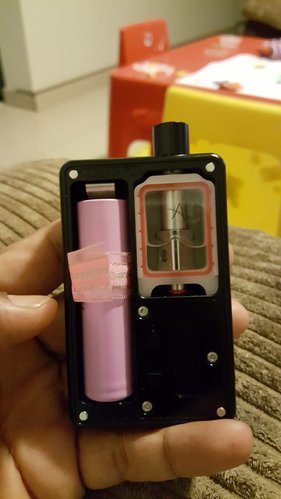A manufacturer of a certain product invests a certain amount in tools and equipment for the purpose of producing this item. Clever marketing people determine that keeping supply of this product a certain percentage lower than demand, allows them to sell this item at considerably higher prices than were supply to meet demand. Then the accountants realise that due to the low supply stratagy, the tools representing the initial investment are only utilised at 75% capacity. This will not do!
Also, shutting down production from time to time results in repeated start up costs and so forth so a plan needs to be made to maximise profits on the original investment. In comes a market segmentation stratagy that allows for the 100% utilisation of the equipment by utilising the other 25% capacity to produce virtually the same product under a different brand name with maybe only one or two superficial changes to the original. To make it seem even more authentic, sommer created a different or rent a different company to do the marketing to keep up appearances.
This could be whats happening here or not. It does happen a lot though. Ever wonder where house brands have their origen from?
Regards.
Also, shutting down production from time to time results in repeated start up costs and so forth so a plan needs to be made to maximise profits on the original investment. In comes a market segmentation stratagy that allows for the 100% utilisation of the equipment by utilising the other 25% capacity to produce virtually the same product under a different brand name with maybe only one or two superficial changes to the original. To make it seem even more authentic, sommer created a different or rent a different company to do the marketing to keep up appearances.
This could be whats happening here or not. It does happen a lot though. Ever wonder where house brands have their origen from?
Regards.







